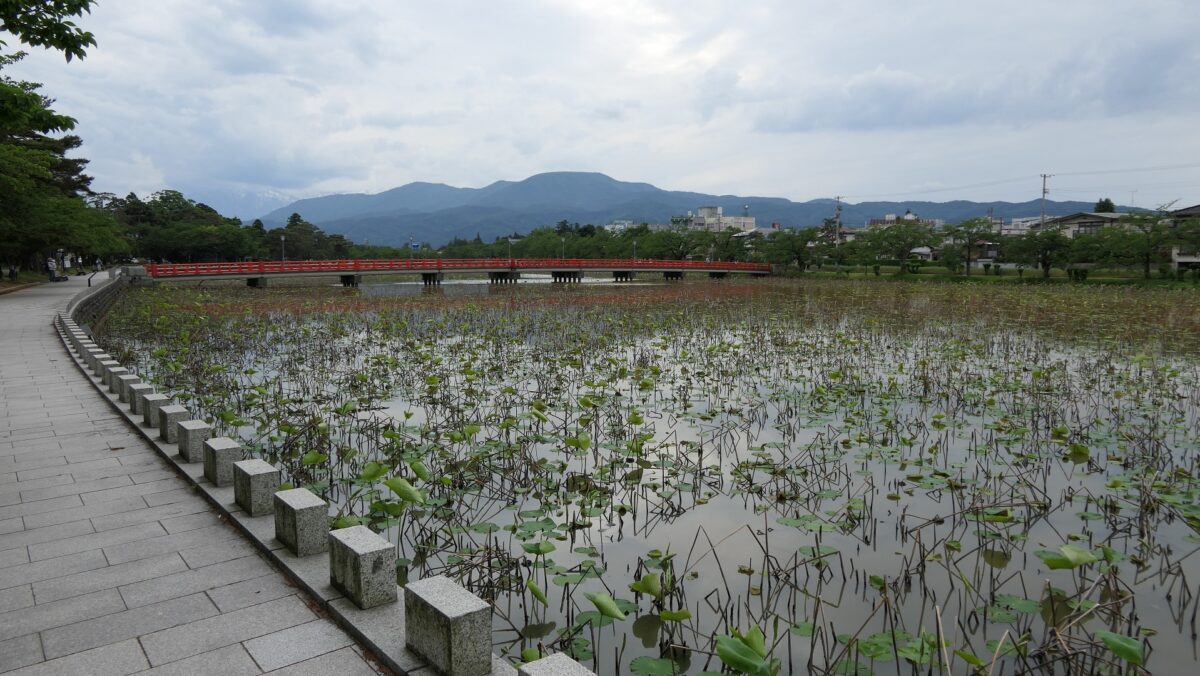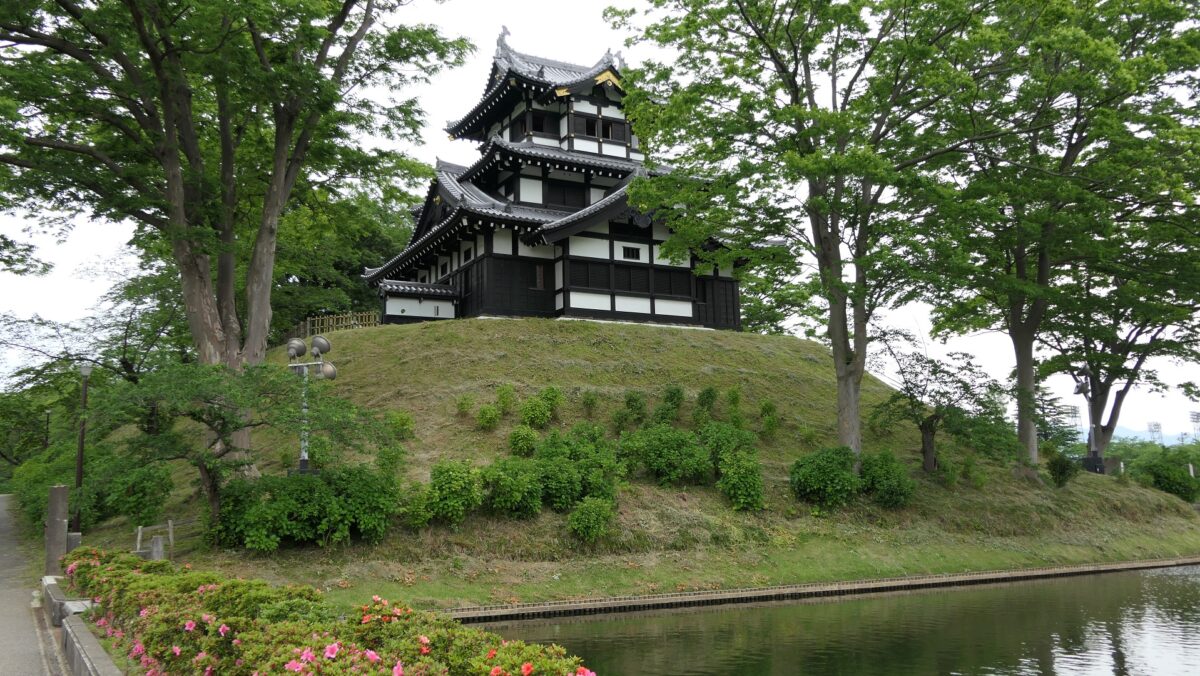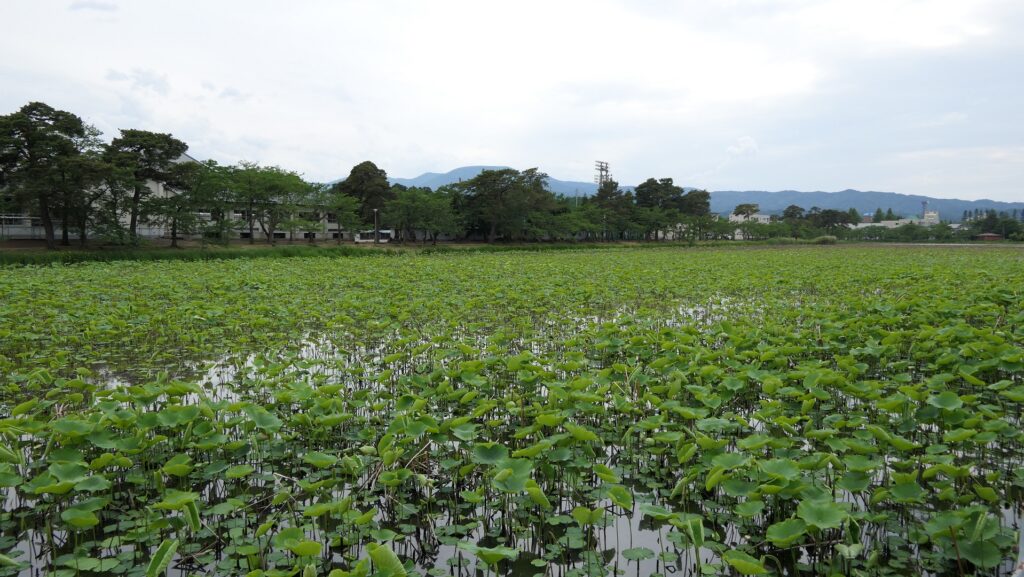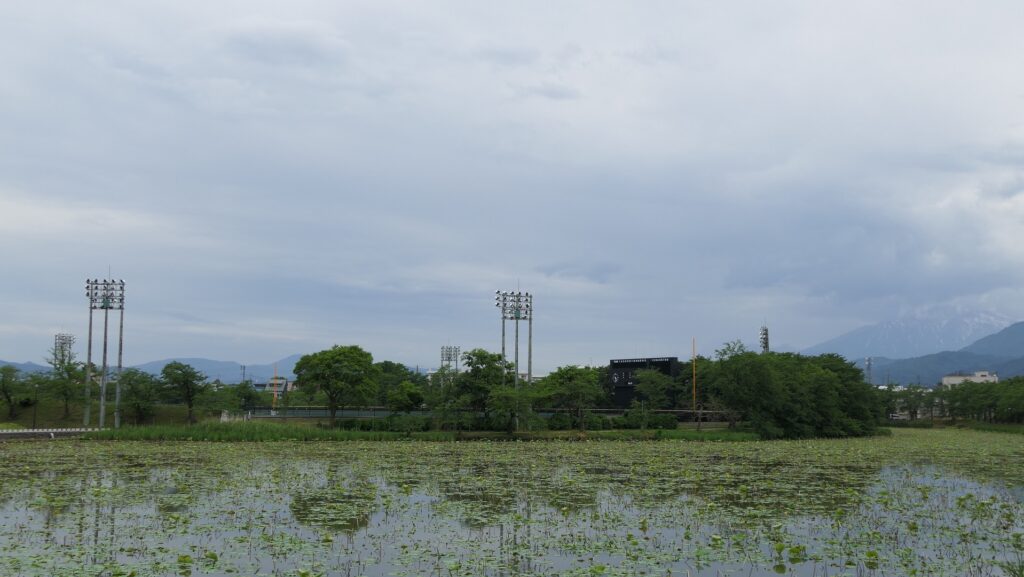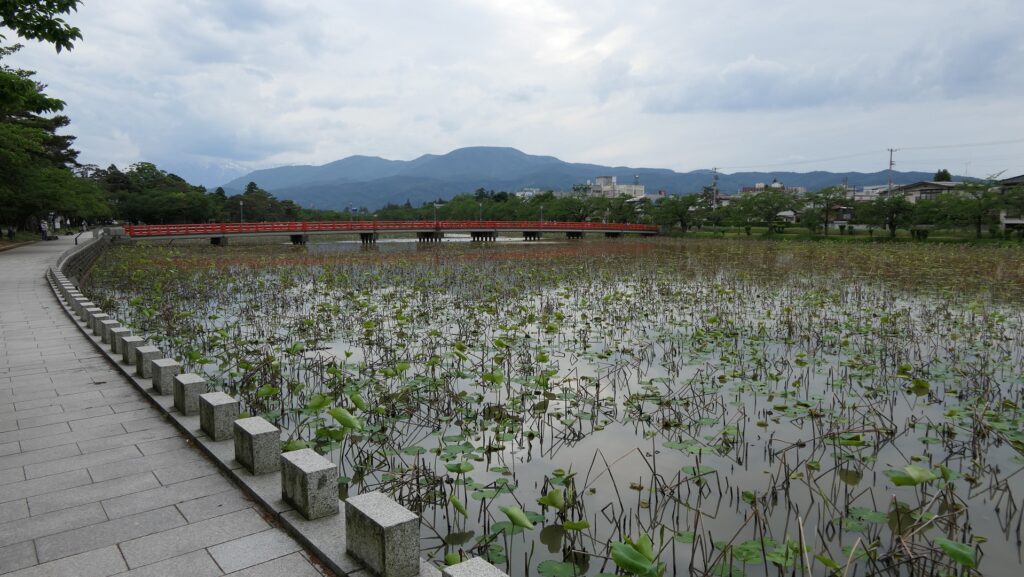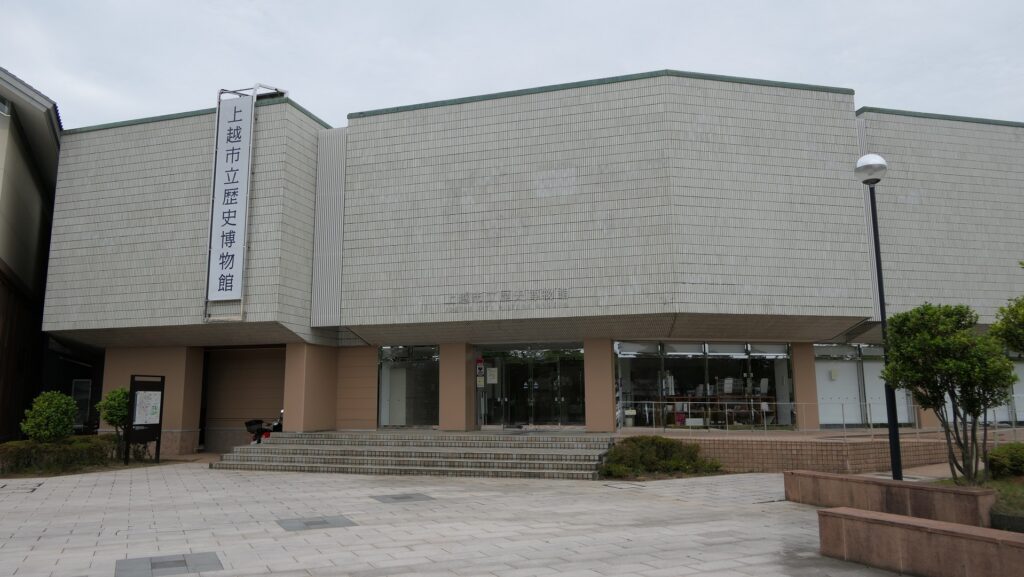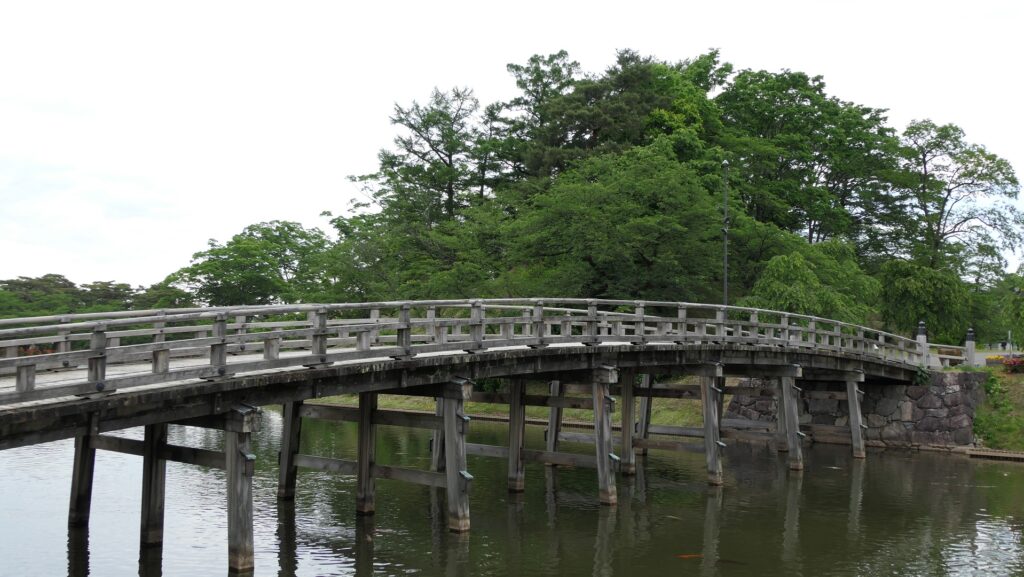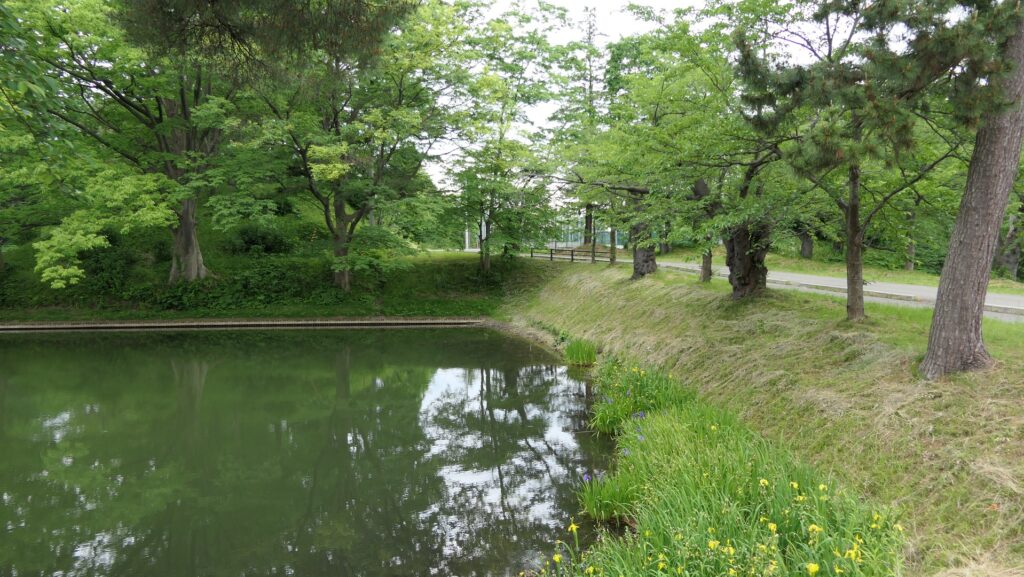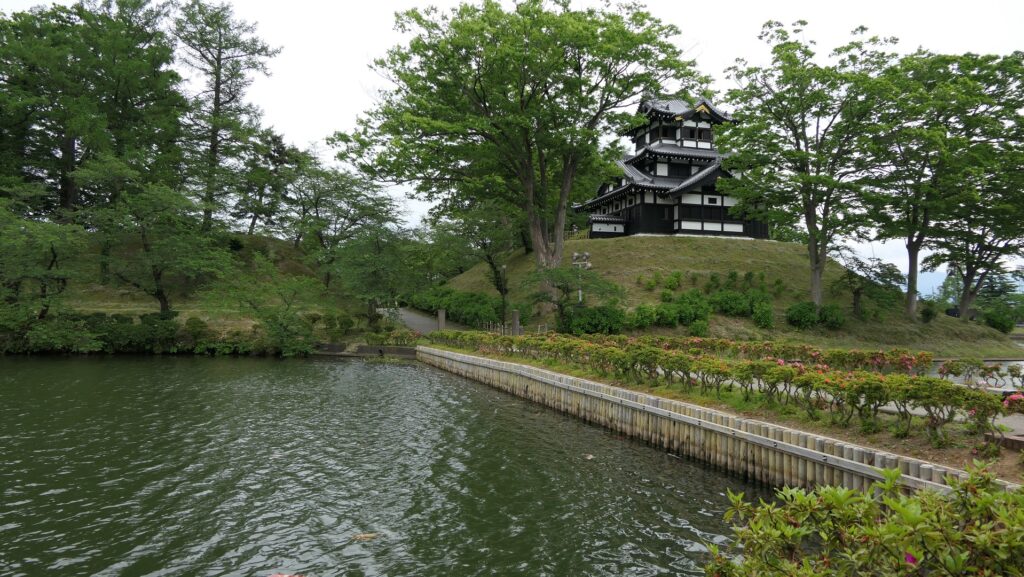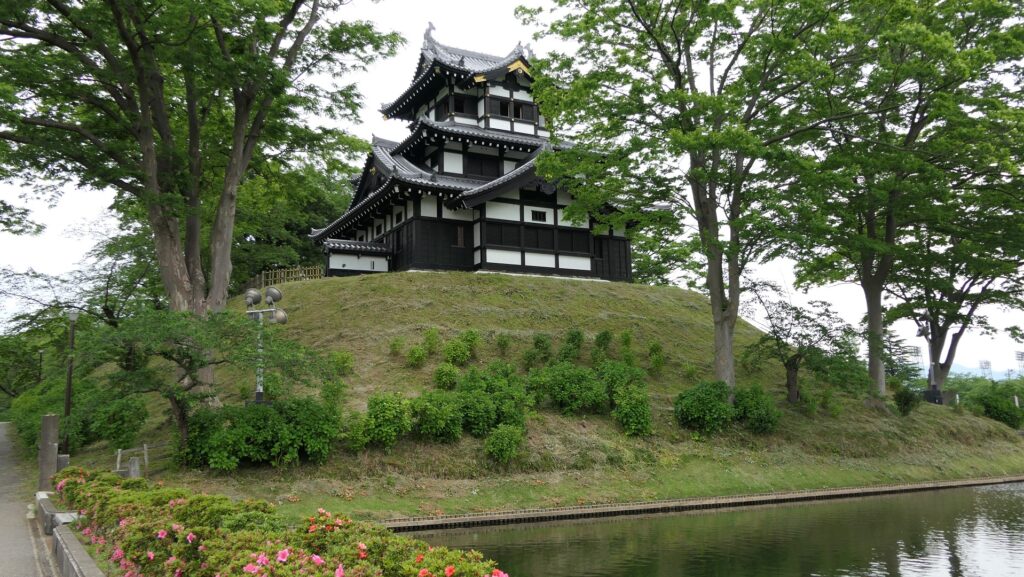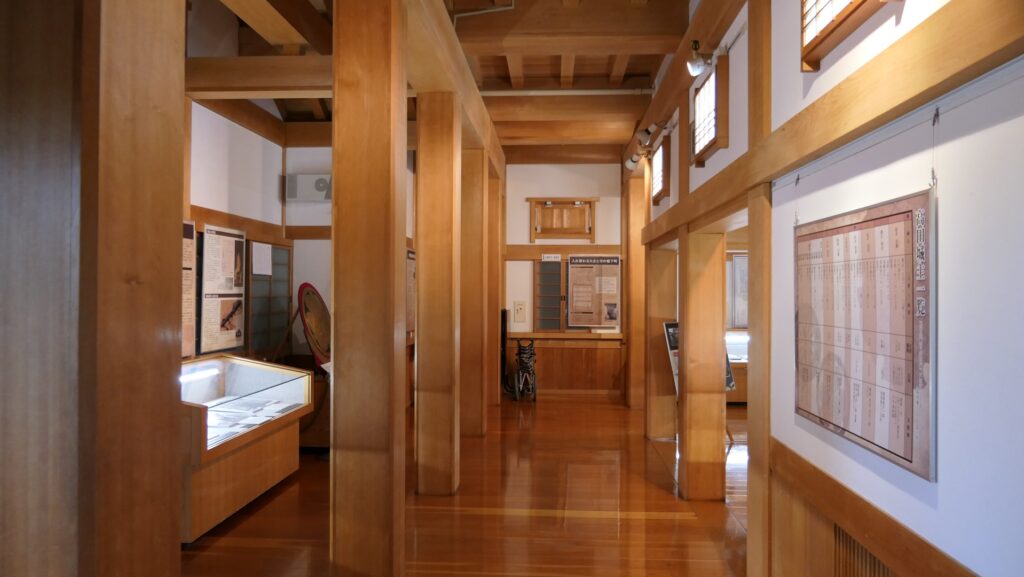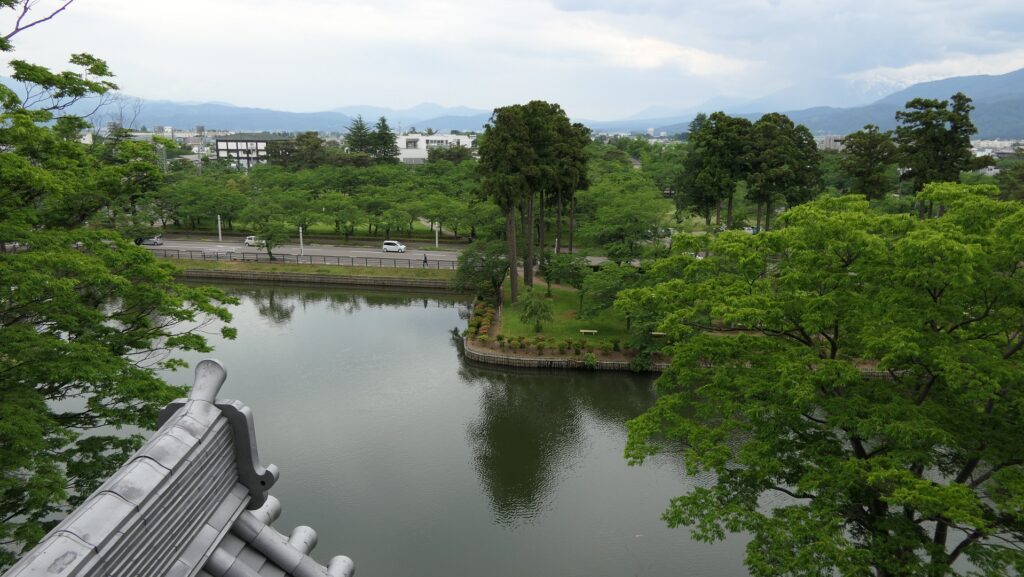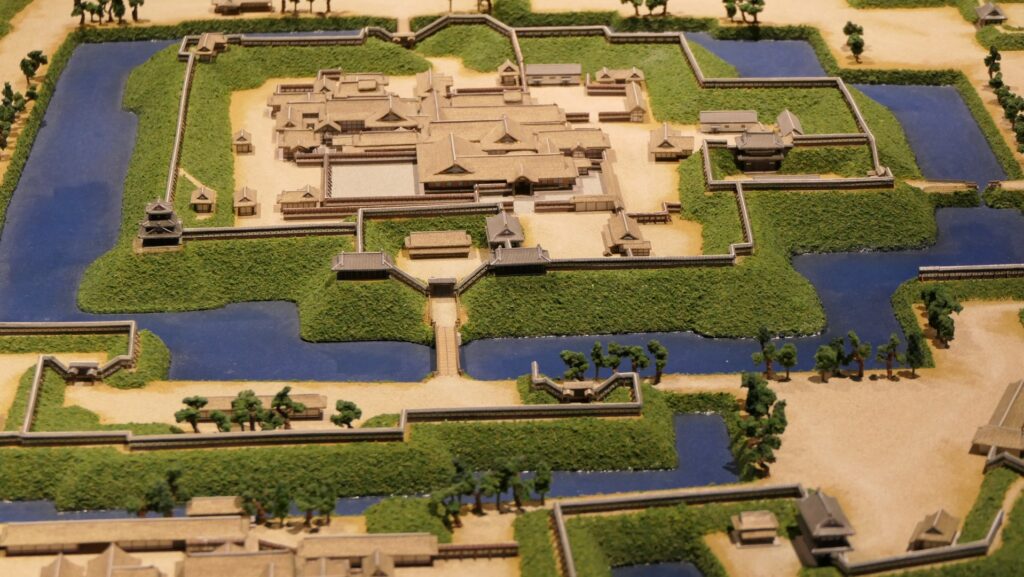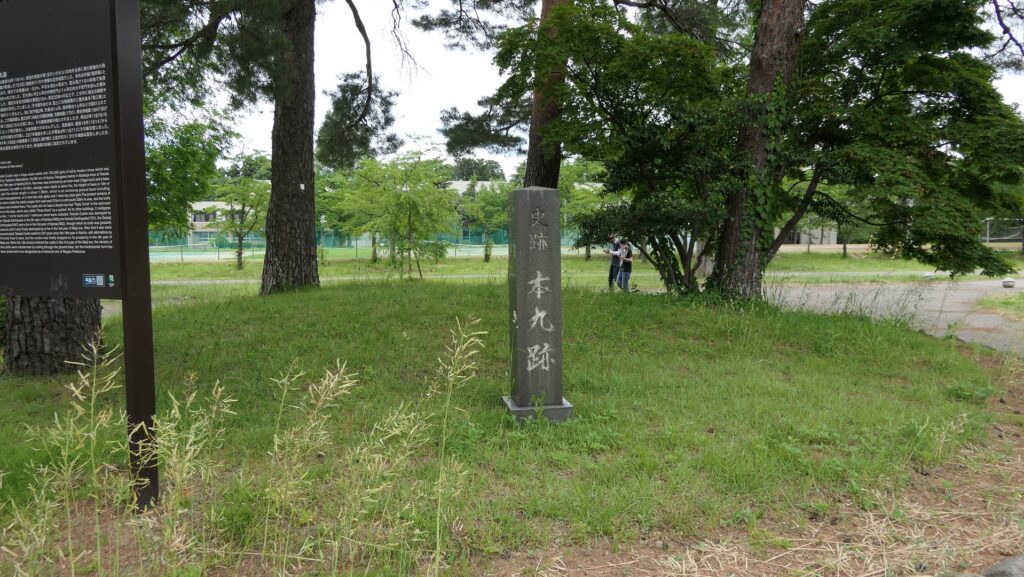Later History
After the Meiji Restoration, Takada Castle was used as a ground for the Japanese Army. The Main Hall and the Three-story Turret were unfortunately burned in 1870, and all other buildings of the castle were also demolished. Local people started to plant lotus to earn money for themselves as well as the former warriors at the same time. That lotus has now become an attraction of the city. In 1908, the headquarters for the 13th Division of the Japanese Army was set at the Main Enclosures of the castle. The army destroyed most of the earthen walls and buried many of the moats. Instead, they planted a lot of cherry trees which have also become another attraction today. After World War II, the castle ruins were turned into the Takada Park equipped with public facilities. In more recent years, Joetsu City is tying to balance relaxation and sites of the ruins for the park, renaming it the Takada Castle Site Park in 2020.
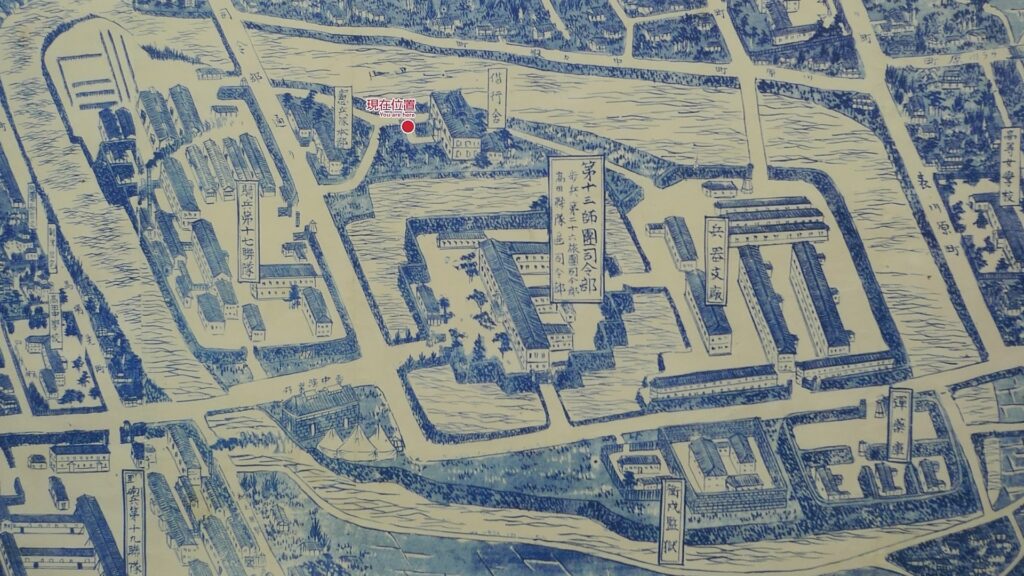
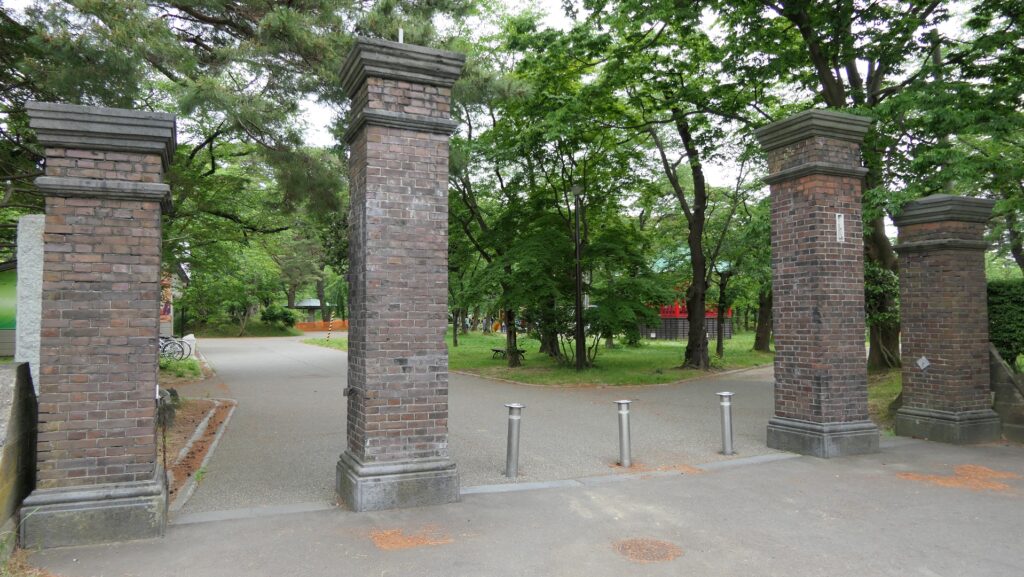

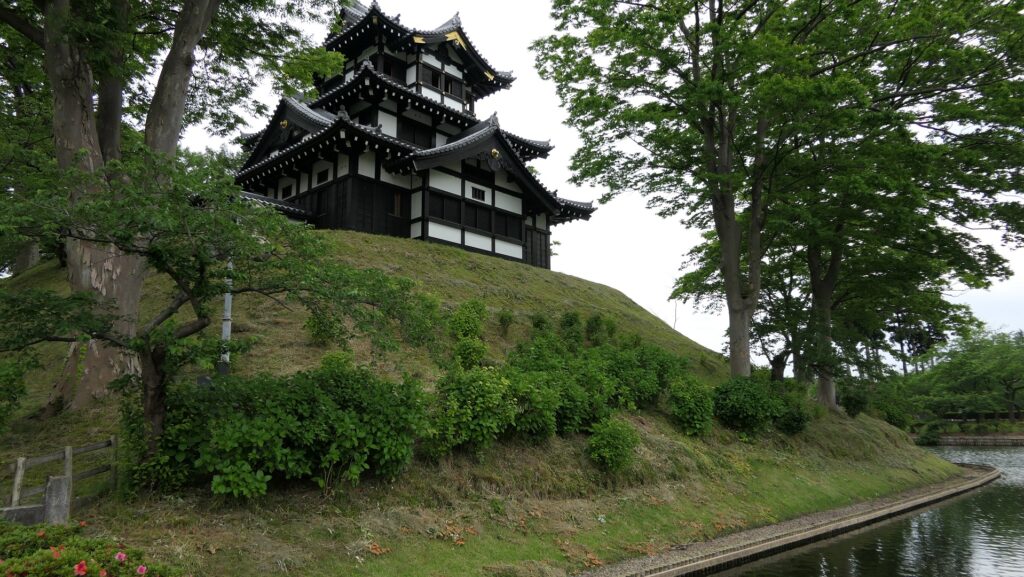
My Impression
I was surprised to see the width of the Outer Moat and learned that it was originally wider. It was certainly possible to absorb damage from a gun attack of enemies at that time. Even without stone walls and a Main Tower, it remains strong to this day. You can enjoy seeing the castle as well as cherry blossoms in spring, lotus flowers in summer, autumn leaves in fall, and snow in winter in the park. If you have time, I recommend walking around the city area near Takada Station, the former castle town. The formation of the town still remains with the rare covered alleys called Gangi to prevent snow from entering.
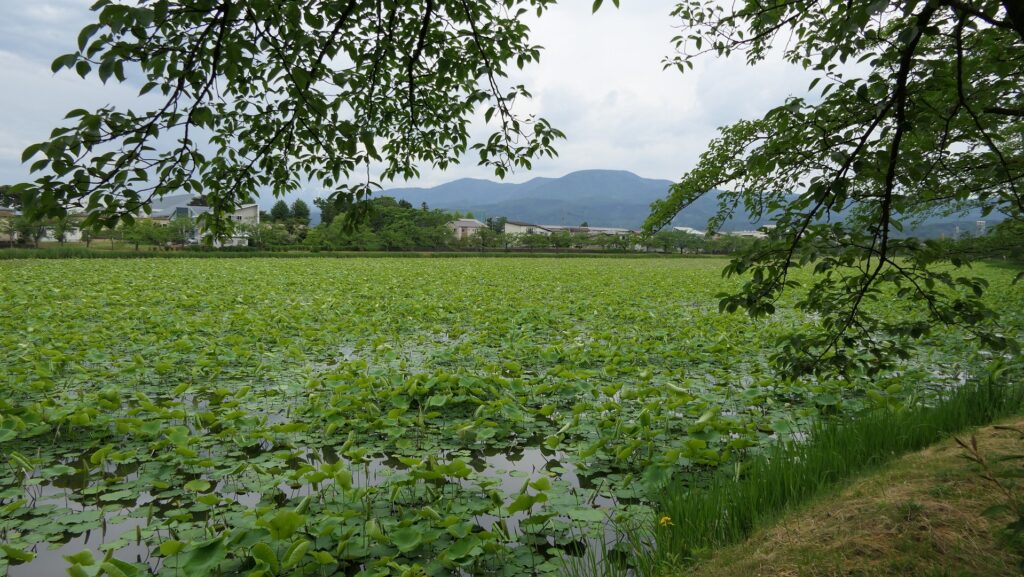
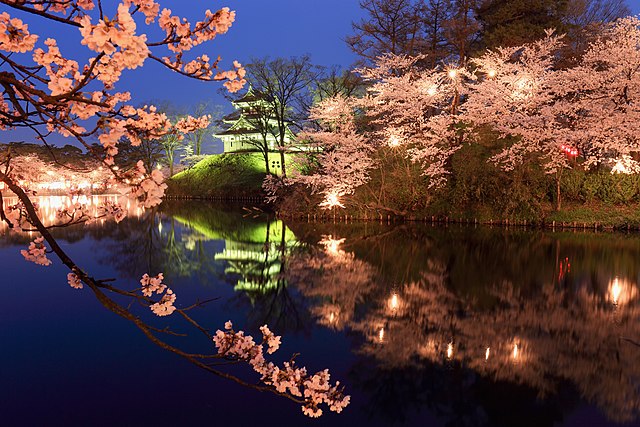
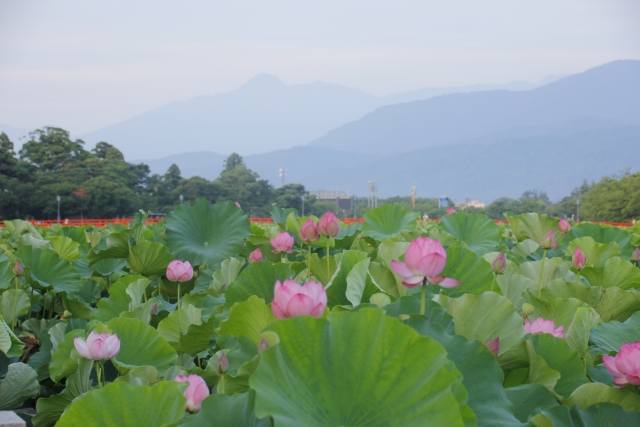
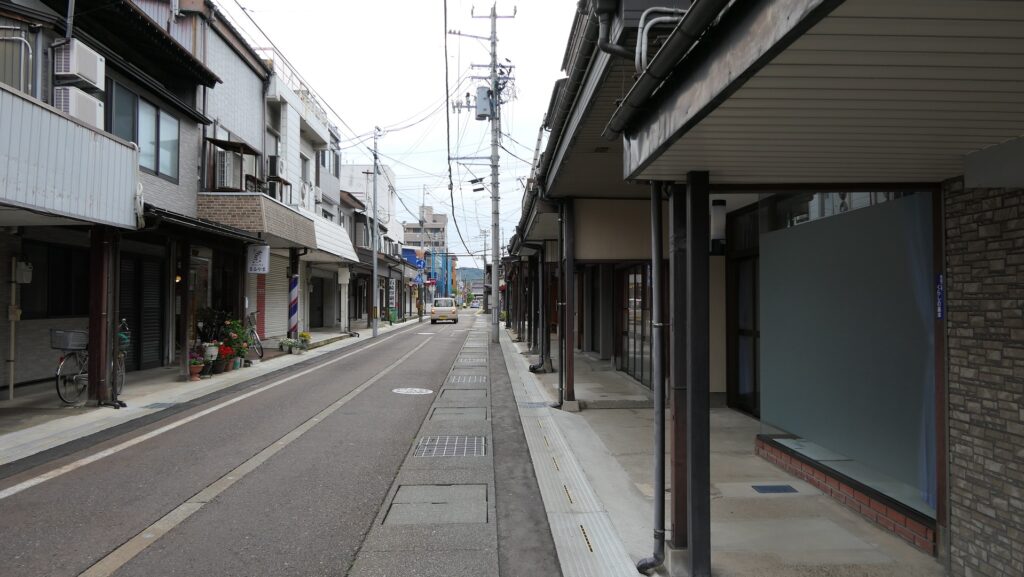
How to get There
車で行く場合:
上信越自動車道上越高田ICから約10分かかります。城跡にいくつか駐車場があります。
電車の場合は、えちごトキめき鉄道高田駅から歩いて約20分かかります。
東京から高田駅まで:北陸新幹線に乗り、上越妙高駅でえちごトキめき鉄道に乗り換えてください。
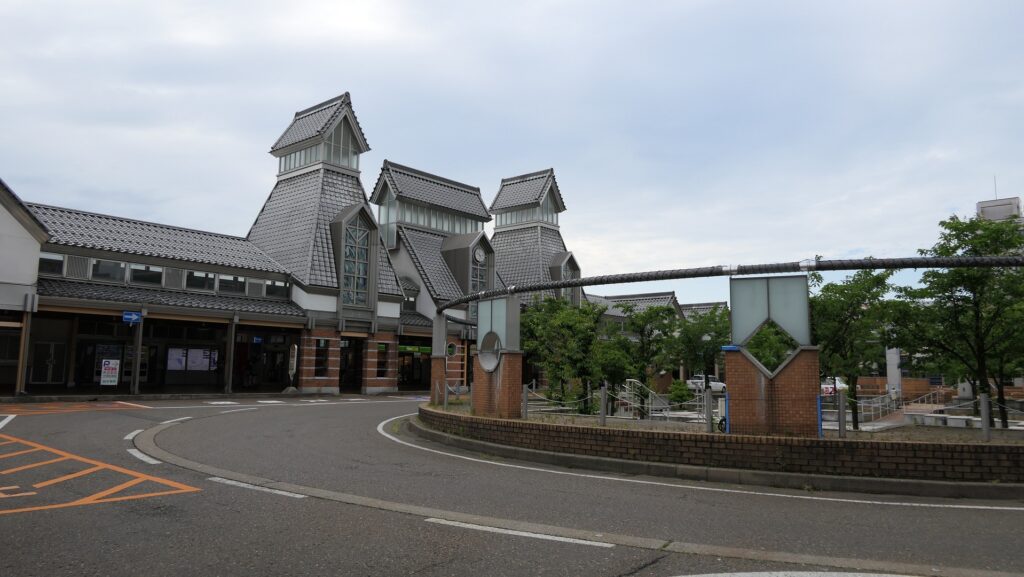
Links and References
・Takada Castle Site Park, Joetsu Tourism Convention Association
That’s all.
Back to “Takada Castle Part1”
Back to “Takada Castle Part2”

